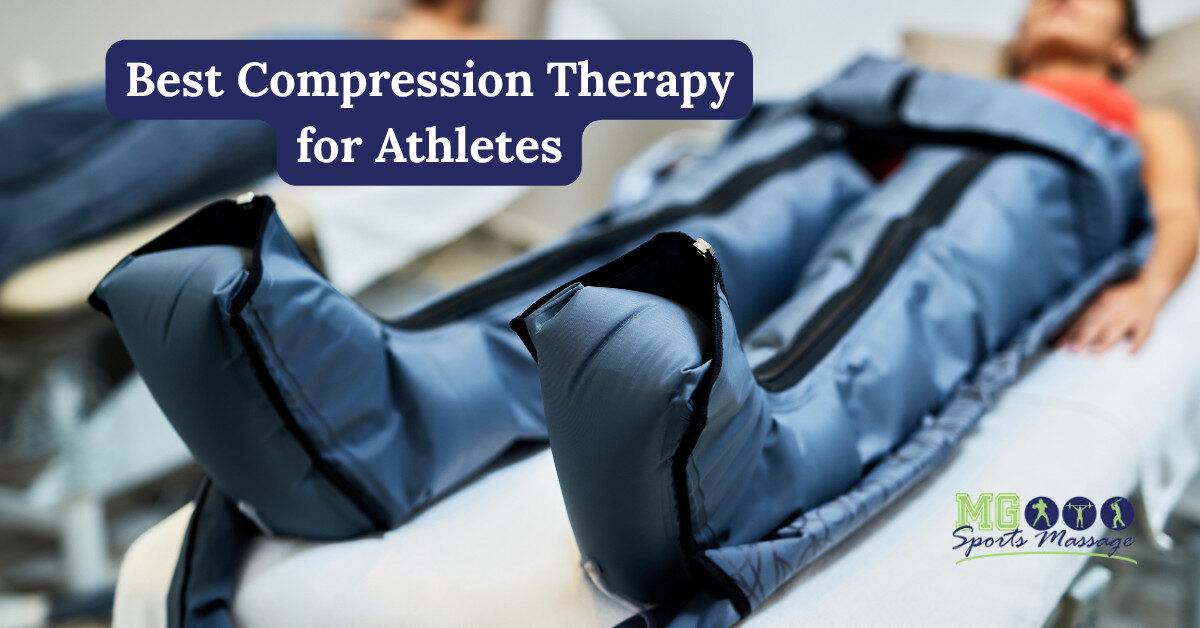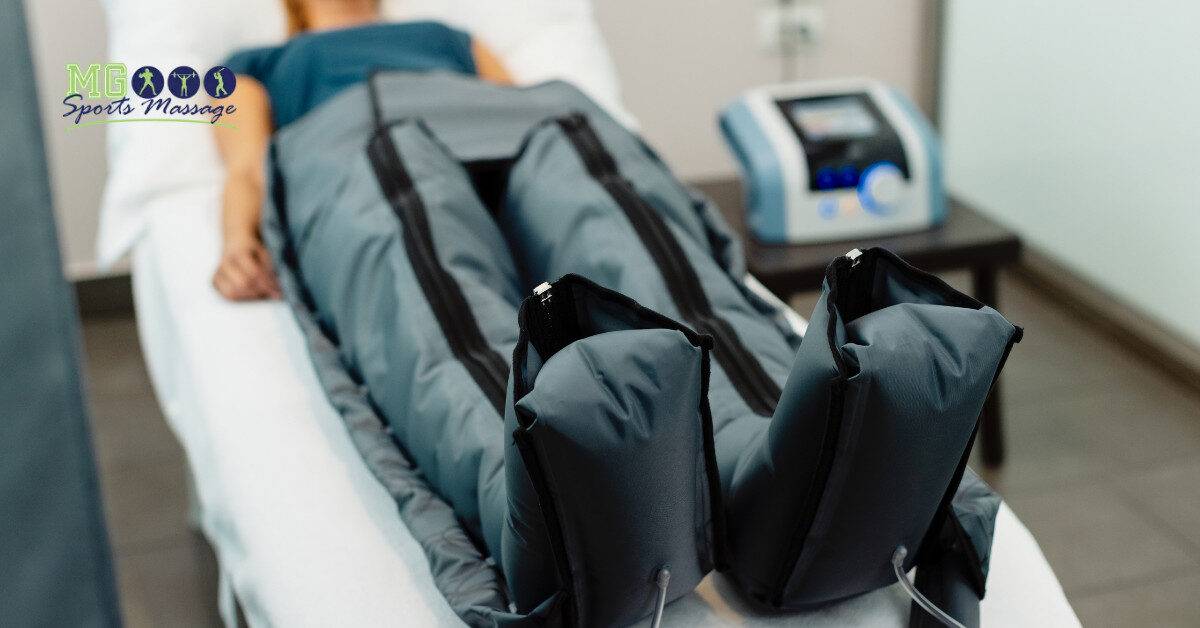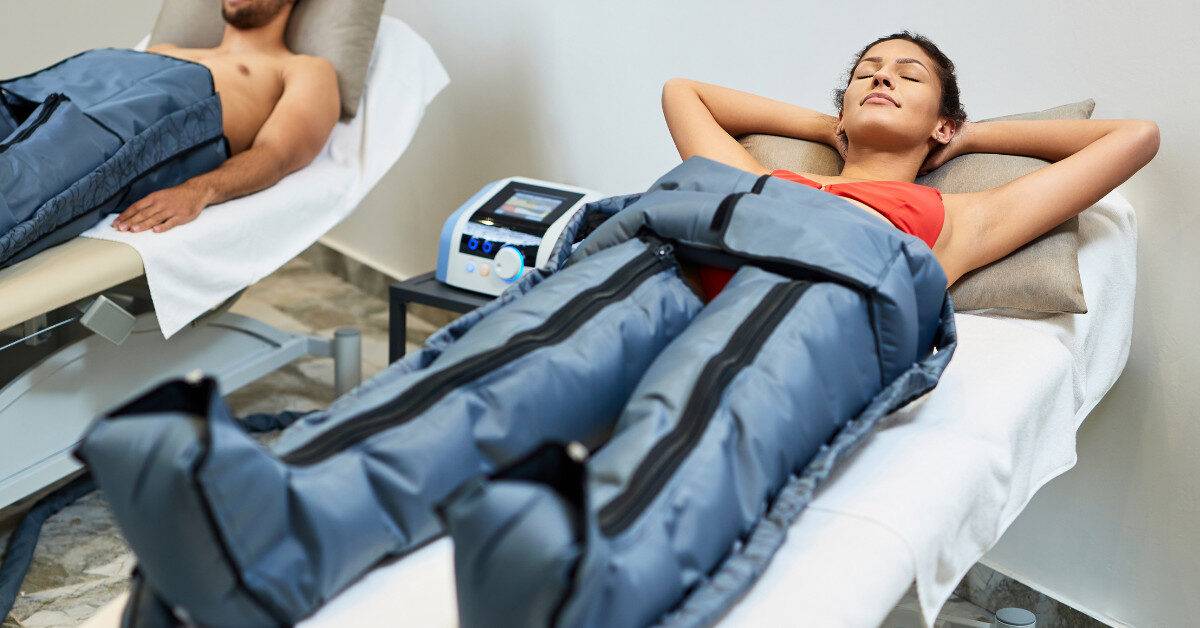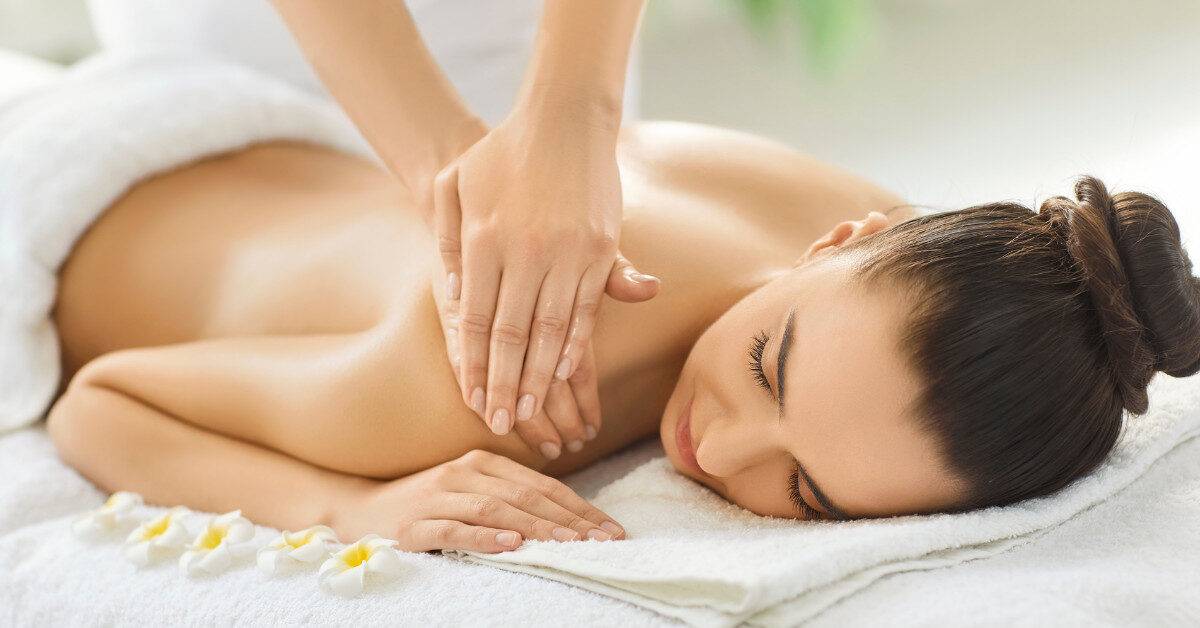Athletes of all levels face physical challenges that push their bodies to extremes. Intense training sessions, repeated movements, and competitive events often lead to muscle soreness, fatigue, and sometimes injuries. These issues can hinder performance and slow down recovery, making it essential to adopt effective recovery strategies.
One of the most effective methods to optimize recovery is compression therapy for athletes. This therapy applies controlled pressure to specific areas of the body, improving blood flow, reducing muscle fatigue, and speeding up the recovery process. Not only does it help athletes feel better faster, but it also supports injury prevention and performance enhancement.
At MG Sports Massage, we provide professional compression therapy services tailored for athletes, combining science-backed techniques and personalized care. In this comprehensive guide, we’ll explore the most effective compression therapy techniques, their benefits, and how athletes can incorporate them into their routines for optimal results.
What Is Compression Therapy?
Compression therapy is a method that applies targeted pressure to specific muscles or limbs to enhance circulation, reduce swelling, and promote faster healing. Originally used for medical purposes like treating circulatory disorders, compression therapy has now become a key component of athletic recovery programs.
Athletes use compression therapy for:
- Faster post-workout recovery
- Reducing delayed onset muscle soreness (DOMS)
- Enhancing blood flow and oxygen delivery to fatigued muscles
- Supporting injury prevention and rehabilitation
Types of Compression Therapy for Athletes:
Compression Garments
- Includes sleeves, socks, tights, and full-body suits.
- Provides constant pressure on muscles to improve venous return and reduce swelling.
- Example: Compression socks for runners help flush lactic acid after long-distance runs.
Pneumatic Devices
- These devices inflate and deflate rhythmically, mimicking a massage effect.
- Commonly used with recovery boots for athletes to improve circulation and remove metabolic waste.
Cryo-Compression Therapy
- Combines cold therapy with compression.
- Helps reduce inflammation, soreness, and muscle damage after high-intensity workouts.
Targeted Compression Massage
- Delivered by professional therapists.
- Enhances flexibility, relieves tight muscles, and accelerates athletic rehabilitation therapy.
Compression therapy can be customized depending on the athlete’s sport, injury history, and recovery goals, making it versatile and highly effective.
How Compression Therapy Helps Athletes

Compression therapy for athletes offers multiple benefits that go beyond simple muscle relief. Here’s how it works:
- Reduces Muscle Soreness and Inflammation
- Compression increases blood flow, helping muscles remove lactic acid and other metabolic waste.
- Reduces the severity and duration of DOMS, allowing athletes to train more frequently.
- Compression increases blood flow, helping muscles remove lactic acid and other metabolic waste.
- Enhances Circulation and Oxygen Delivery
- Improved blood flow ensures that oxygen reaches tired muscles faster, aiding in muscle recovery therapy.
- Promotes nutrient delivery to tissues, which is crucial for tissue repair and growth.
- Improved blood flow ensures that oxygen reaches tired muscles faster, aiding in muscle recovery therapy.
- Speeds Up Recovery Time
- Shortens downtime between training sessions and competitions.
- Supports consistent athletic performance without prolonged fatigue.
- Shortens downtime between training sessions and competitions.
- Supports Injury Prevention and Rehabilitation
- Compression helps stabilize joints and muscles, reducing the risk of sprains, strains, and overuse injuries.
- Complements athletic rehabilitation therapy after injuries by improving circulation and promoting healing.
- Compression helps stabilize joints and muscles, reducing the risk of sprains, strains, and overuse injuries.
- Boosts Athletic Performance
- By reducing fatigue and enhancing recovery, athletes can maintain higher intensity workouts and compete at their best.
- By reducing fatigue and enhancing recovery, athletes can maintain higher intensity workouts and compete at their best.
Read Our More Blog : Nerve Compression: When Tight Muscles Get on Your Nerves
Techniques That Really Work
There are several proven compression therapy techniques widely used by athletes. Choosing the right one depends on the athlete’s goals, type of sport, and recovery needs.
Graduated Compression Garments
- Provides a steady and targeted level of pressure on specific muscle groups.
- Helps improve venous return, which reduces swelling and enhances circulation.
- Examples include:
- Compression socks for runners
- Arm or calf sleeves for strength athletes
- Full-body compression suits for swimmers or cyclists
- Compression socks for runners
- Benefits:
- Reduces fatigue during prolonged activity
- Speeds up recovery post-exercise
- Can be worn during workouts, travel, or sleep for continuous benefits
- Reduces fatigue during prolonged activity
Pneumatic Compression Devices
- These devices use alternating pressure to mimic massage and stimulate blood flow.
- Commonly used in recovery boots for athletes that cover the legs or arms.
- Benefits:
- Flushes out metabolic waste from muscles
- Reduces swelling and inflammation
- Improves flexibility and mobility after strenuous exercise
- Flushes out metabolic waste from muscles
Cryo-Compression Therapy
- Combines cold therapy with compression to reduce inflammation.
- Often used after high-intensity workouts or injuries.
- Benefits:
- Reduces post-exercise soreness and muscle damage
- Accelerates recovery time
- Supports athletic rehabilitation therapy programs
- Reduces post-exercise soreness and muscle damage
Targeted Compression Massage
- Delivered by trained professionals like MG Sports Massage.
- Combines manual therapy with compression to relieve tight muscles and improve mobility.
- Benefits:
- Reduces stiffness and soreness
- Promotes faster healing of minor injuries
- Enhances performance by improving muscle function
- Reduces stiffness and soreness
Benefits of Compression Therapy for Athletes
Compression therapy for athletes provides a wide range of benefits:
- Improved Performance
- Reduces muscle fatigue and allows athletes to train at higher intensity
- Supports longer training sessions without decreased performance
- Reduces muscle fatigue and allows athletes to train at higher intensity
- Faster Recovery
- Speeds up post-workout recovery through improved circulation
- Reduces downtime between sessions, ensuring consistent progress
- Speeds up post-workout recovery through improved circulation
- Enhanced Circulation
- Delivers oxygen and nutrients efficiently to tired muscles
- Helps remove lactic acid and metabolic waste
- Delivers oxygen and nutrients efficiently to tired muscles
- Injury Prevention
- Supports joint and muscle stability
- Reduces risk of sprains, strains, and overuse injuries
- Supports joint and muscle stability
- Professional Guidance
- Experts like MG Sports Massage provide customized compression therapy services
- Combines athletic recovery compression, muscle recovery therapy, and athletic rehabilitation therapy for optimal results
- Experts like MG Sports Massage provide customized compression therapy services
How to Incorporate Compression Therapy into Your Routine

To get the most from compression therapy for athletes, follow these practical tips:
- Timing:
- Post-workout to reduce soreness
- During travel to prevent swelling
- Overnight for extended recovery
- Post-workout to reduce soreness
- Duration:
- 15–60 minutes depending on therapy type
- Longer sessions may benefit professional athletes, while shorter sessions work for recreational athletes
- 15–60 minutes depending on therapy type
- Frequency:
- Daily use for elite athletes
- Occasional use for beginners or casual sports enthusiasts
- Daily use for elite athletes
- Combination with Other Recovery Methods:
- Stretching, proper hydration, and nutrition enhance the effects of compression therapy
- Combining methods ensures maximum recovery and performance benefits
- Stretching, proper hydration, and nutrition enhance the effects of compression therapy
Read other blog : Beyond Relaxation: Discover the Science and Benefits of Reflexology Therapy
Tips for Choosing the Right Compression Therapy
- Garment Fit:
- Ensure sleeves, socks, or suits fit snugly without restricting movement
- Proper fit is essential for effectiveness and comfort
- Ensure sleeves, socks, or suits fit snugly without restricting movement
- Device Selection:
- Choose between pneumatic devices, recovery boots for athletes, or cryo-compression based on your specific needs
- Consider your sport and the areas most prone to fatigue or injury
- Choose between pneumatic devices, recovery boots for athletes, or cryo-compression based on your specific needs
- Professional Guidance:
- Experts like MG Sports Massage provide personalized plans
- Incorporates athletic rehabilitation therapy to address specific injuries or recovery needs
- Ensures safe and effective use of compression therapy tools
- Experts like MG Sports Massage provide personalized plans
Compression therapy for athletes is more than a recovery tool—it’s an essential component of modern training programs. From compression socks for runners to advanced recovery boots for athletes, the right techniques can improve performance, prevent injuries, and accelerate recovery.
By partnering with MG Sports Massage, athletes gain access to expert compression therapy services, personalized guidance, and professional support for optimal recovery. Whether you are a professional athlete or a fitness enthusiast, incorporating compression therapy into your routine can unlock your full potential, helping you train harder, recover faster, and perform at your best.
Contact MG Sports Massage today to learn more about our professional compression therapy services and elevate your athletic recovery.
Contact us for Appointment 216-302-8559
Contact Us
For more information and reviews from our clients, visit our Google Profile today!




